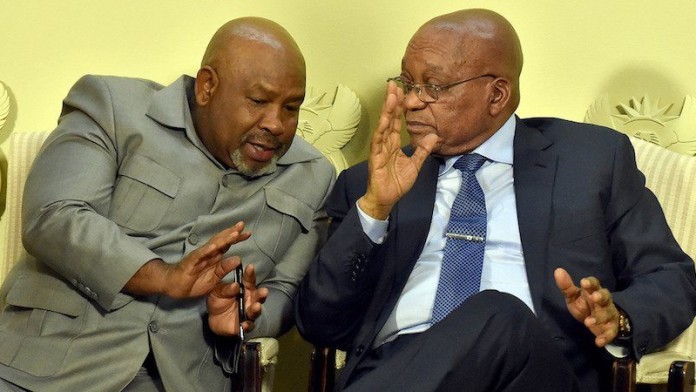
ESKOM chairman, Jabu Mabuza, warned the utility may yet uncover significant additional instances of irregular spending as the newly appointed board gets to grips with some 239 of potential cases of corruption brought to bear by whistle-blowers.
Instances of irregular spending of R19.6bn has been identified as part of the new board’s investigation into Eskom’s affairs going as far back as December 7, 2012. Some R3bn had been previously identified. “We still do not know what we do not know, so there could be more irregular expenditure [uncovered] in the 2019 financial year,” said Mabuza. “All the skeletons are coming out, but maybe there is more that has to come.”
Whilst irregular spending did not automatically mean “fruitless or wasteful” expenditure by Eskom, it was indicative of the extent of potential malfeasance. Asked for details, Mabuza said the irregular spending related mostly to procurement. Investigations were a question of examining where tenders were “… awarded in terms of policy or if the supplier contract was irregularly entered into,” he said.
He was speaking at the announcement of the utility’s 2018 financial results which were qualified by auditors indicating the company was far from being out of the woods regarding its financial stability. When Mabuza was elected chairman in January, Eskom required R20bn in capital in 30 days having been denied access to funding in July, 2017.
The balance sheet was still severely constrained. Whilst the irregular expenditure contravened lending covenants – since obviated through waivers provided – some R72bn was still required to complete construction of 9,600MW of electricity supply in the Medupi and Kusile power station builds, set down for 2020 and 2022 respectively.
Eskom suffered a R2.3bn net loss after tax for the 12-months ended March 30. Cash generation also fell: some R37.6bn was generated compared to R45.8m in 2017. Gearing increased to 72% of debt to equity compared to 68% previously.
Mabuza added that at some point, the board would have to stop raking through Eskom’s past and turn its attention to stabilising the company for the future. “We have to draw a line so we will spend our remaining time going forward creating a credible company,” said Mabuza. “We can’t keep on going back 95 years,” he said referring the company’s age.
Mabuza and Phakamani Hadebe, who was appointed permanent CEO of Eskom on May 24, said the company remained in trouble with pressure likely to remain on its profit-making in the current financial year. In terms of this year, the budget for expenditure on maintenance was unchanged as were staffing levels.
A World Bank study indicated that at 48,000 employees, Eskom, had more than double the amount of staff required for electricity generation and distribution of roughly 40,000MW. Mabuza, however, thought the utility had a third more employees than it required. He said it would be “inappropriate” to speak of potential staffing reductions, especially during the fiercely contested wage negotiations currently underway with wages.
He did acknowledge, however, that: “Eskom once employed 30,000 people, producing 40,000MW and now employs 48,000 producing the same amount of electricity”.











